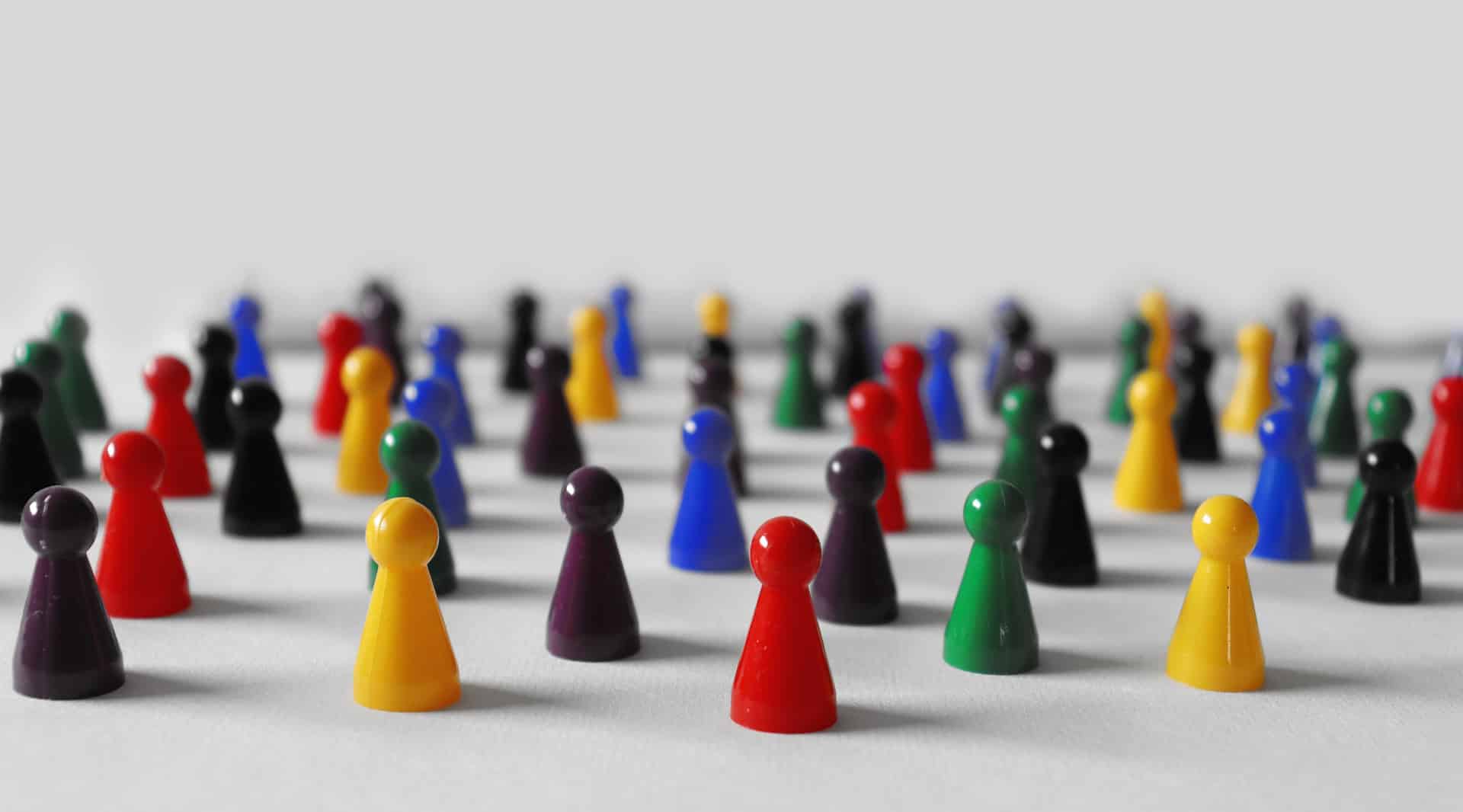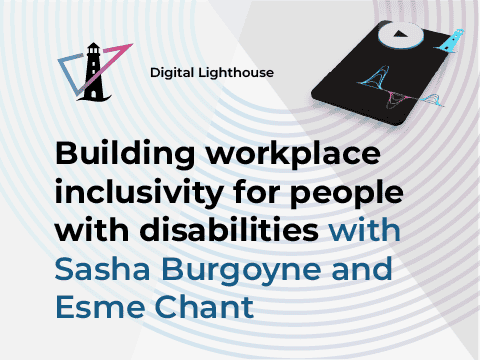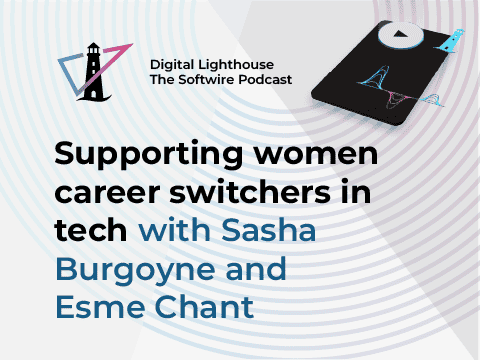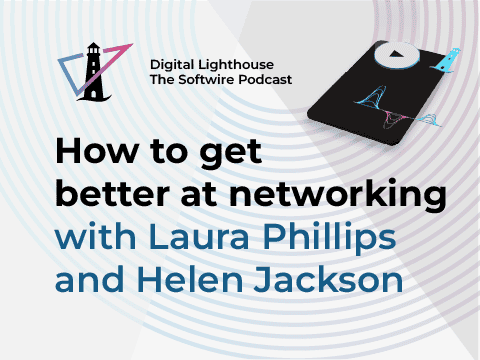
One of the topics discussed at the Data4Good festival earlier this year was around the challenges when it comes to collecting data about diversity.
Like many organisations, diversity and inclusion are incredibly important to us at Softwire, both in terms of our own business, and also when it comes to the digital products and services we build for our customers.
Why diversity monitoring is important – and complex
To make any business, product or service more inclusive, you need to collect information about the identity characteristics and experiences of your workforce or userbase. This process is known as diversity monitoring – and it’s surprisingly complex!
There are numerous reasons for this. We’ve outlined three of the big ones below, along with some things you can do in each area. We hope this provides some inspiration on how to refine your own diversity monitoring activities, and ultimately enables you to make your business or products more inclusive.
1. How do you define who counts?
Many diversity monitoring questionnaires are continually updated, in an attempt to include more people. While this is a good thing, it typically involves some categorisation. And this often leaves certain groups – usually the most marginalised – behind.
For example, the 2021 UK census asked people about their sexual orientation and gender identity for the first time.
When changes are made to data collection practices to include more marginalised groups, the people most likely to benefit will typically be the ones closest to the ideal of full equality. In the case of the LGBTQ+ community, it will generally be white, cis, gay men who benefit the most. In other words, while changes to data-collection practices can improve matters for certain people, they also risk pushing other marginalised groups further into the shadows.
One of the reasons for this is that ‘intersectionality’ is rarely considered when doing diversity monitoring. People tend to think of identity as a set of discrete characteristics that don’t correlate to one another. Examples include age, disability, race, sex or sexual orientation. In reality, people may be part of several underrepresented or marginalised groups, and this intersection impacts their lived experience. A white gay man may have a different experience compared to a white gay woman, who may in turn have a different experience from a black gay woman. Data practices that look solely at sexuality would group all these people together.
We therefore always advocate taking an intersectional approach when monitoring diversity. This protects against only implementing changes that benefit people who experience discrimination or marginalisation based on a single characteristic.
2. How do you collect data that acknowledges the fluid nature of identities?
A lot of diversity monitoring incorrectly assumes that identities are both static and uniform. People’s identities can be fluid in many ways, and differ between cultures.
Historically, for example, societal perception of identity changes over time. What it means to identify as disabled is different today compared to in the past.
There can also be cultural differences when it comes to diversity monitoring. For example, it’s uncommon or even illegal to collect information about people’s ethnicity or religious beliefs, including in France. The roots of this go back to the time of the second world war, when these identity characteristics were used for horrific discrimination. There are plenty of other examples like this, so it’s important when interacting with other cultures that we don’t impose our UK understanding of identity characteristics onto them.
The other aspect of identity fluidity is that someone’s own identity (or the way they articulate it) can change over time. One way to accommodate this is to provide people with a means to update their data as and when they wish to.
3. Who makes decisions about diversity monitoring?
The third thing to consider is that those designing diversity monitoring exercises can never be fully neutral, however good their intentions may be. And this can result in certain people being excluded in some way.
To help address this, as yourself a series of questions:
- What is our end goal? What are we trying to achieve by collecting the data?
- Will our data present an authentic account of people’s lives and experiences? Lived experiences rarely result in tidy datasets, but it’s important to give people the ability to convey their experiences accurately. Use free text fields, for example, or allow people to select multiple options in a survey
- Who makes decisions based on the data that’s collected? Try to ensure that decisions that disproportionately impact underrepresented communities are made by people with actual experience of those communities
- Does our project create more good than harm? Even if diversity monitoring is being carried out with the best intentions, there may be downsides. Weigh up the positives against the negatives before you decide whether to proceed
- Do we actually need more data? There will be cases where there’s enough evidence of a problem to justify the need for action, without first having to collect more data about it
- Are our ways of working open, accessible and transparent? Be open about any biases and assumptions, and the limitations of data collection tools
Always aiming to improve
Diversity monitoring is essential if we’re to make society more inclusive, and we hope this blog has given you some practical ideas for things you could do.
We’d also love to hear your thoughts and suggestions on how diversity monitoring can be made more effective. Feel free to drop us a line via [email protected].
Please share it on social media and continue to read related articles below.


